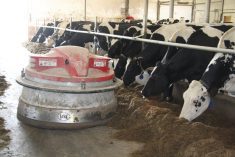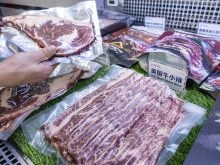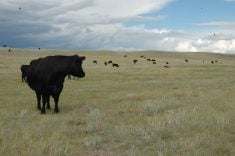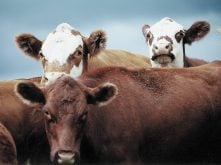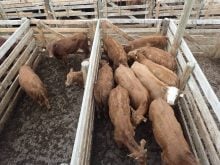RIMBEY, Alta. – The devastation of drought could have been worse this
year if not for modern reduced tillage practices.
Billowing dust storms like those of the 1930s did not happen because of
shelterbelts, better ground cover and more soil stability.
“If we can reduce our tillage, we are going to a more natural state,”
said Rick Taillieu, manager of Reduced Tillage Linkages, an Alberta
based conservation group supported by government, industry groups and
individual producers.
Read Also
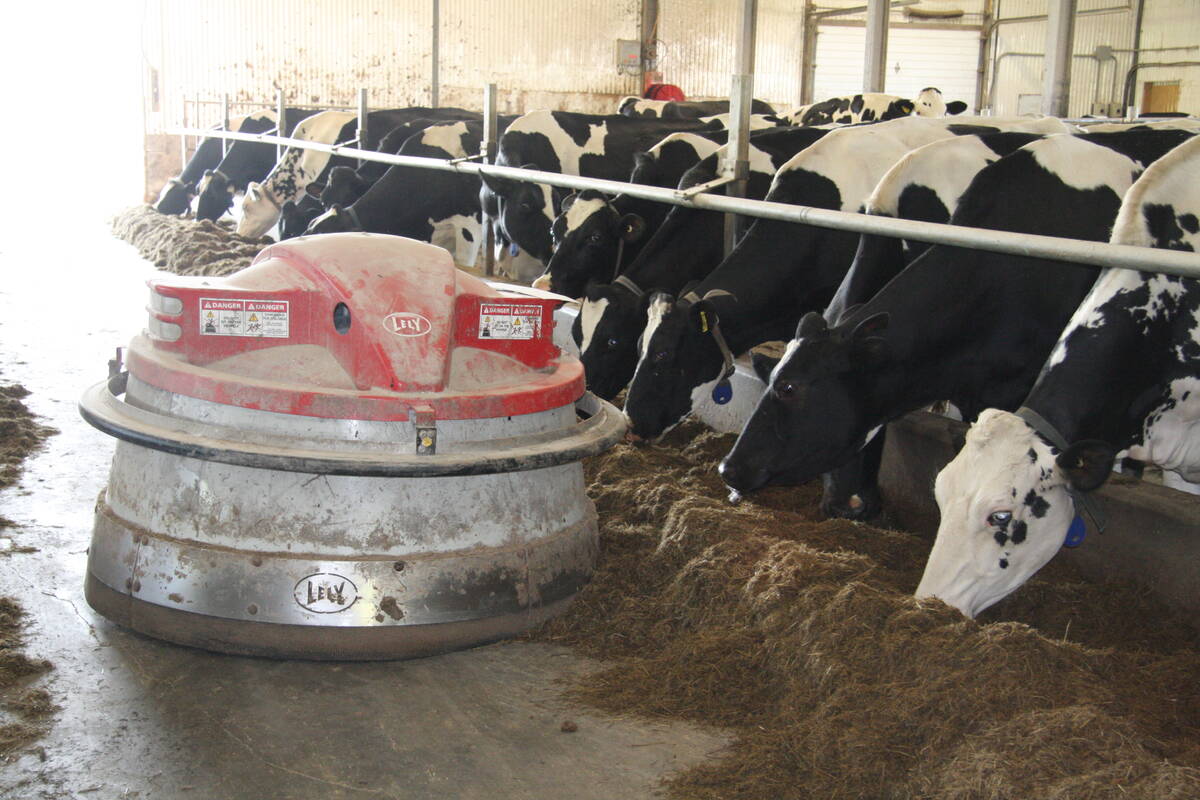
Partnerships, communication key to disease management
Communication and strong, trusted partnerships are key to managing infectious diseases like Foot and Mouth Disease and HPAI.
“Not every farm can go for minimum tillage but anyone can reduce
cultivation,” said Taillieu at a forage producers meeting in Rimbey.
Conventional tillage has advantages. It can suppress weeds, prepare a
seed bed and work residue into the soil so it decays sooner. If there
are disease problems, it can turn the residue underground rather than
leave it on the surface to infect the next crop.
However, more farmers are adopting reduced tillage because they like
how it can improve organic matter in the soil, enhance moisture
retention and increase biodiversity with more earthworms and friendly
fungi.
“We’re actually beyond soil conservation and now we are rebuilding
healthier soils by reducing our tillage and returning them to the
natural state before we broke them,” he said.
Erosion still happens on dry, windy days and soil is still moving even
with the best efforts.
One millimetre of topsoil is the thickness of a dime. If that much
blows or washes away, it equals about five tonnes of lost topsoil per
acre.
Reduced tillage also offers the economic advantages of fewer hours on
the tractor, which saves fuel as well as labour. Investment in capital
equipment for seeding is higher initially, but some farm groups have
opted to buy implements together and share the expense.
About 60 percent of Alberta farmers practise some form of reduced
tillage, up from 40 percent a decade ago. The concept was first adopted
on dryland farms in southern Alberta where growers struggled to hold
moisture.
“What is an inch of moisture worth? In a year like this, we know an
inch of moisture is the difference between having a crop and no crop,”
said Taillieu.
Studies at the Kinsella Research Farm near Edmonton looked at moisture
penetration of 25 mm of water. Absorption in long-term forage stands
took 10-20 seconds, long-term direct seeded fields took 20-35 seconds
and plots under conventional tillage took eight to 10 minutes to absorb
the water.
Reduced tillage includes direct seeding. Recent trials prove seeding
directly into sod can succeed if handled correctly. However, farmers’
expectations of crop appearance and production must be adjusted when
planting a cereal into sod.
“If you direct seed into sod, it’s not going to look as good as a
tillage field but we do think it is going to cost you less money,” he
said.
Another advantage is not losing a year of production by breaking the
soil and waiting for another growing season. The soil is not exposed
and more moisture is retained.
Direct seeding into sod works best by starting in the fall. Begin by
killing off growth with glyphosate at the recommended rate. Do not cut
the rate because then it may not kill down to the roots. A good kill in
August or September guarantees faster root decay, making it is easier
to pull the seeder through the ground the following spring.
If spraying was not effective, there could be problems with regrowth
and that first crop may not yield as well as expected.
It is important to make sure the seed goes down into the soil rather
than getting trapped in the thatch layer.
Fertilizer should be laid down at seeding time because old sod is often
depleted of nutrients.
Taillieu recommended planting a spring cereal like barley or oats for
greenfeed or silage the first year. Planting canola may not work
because the seeds are small and could get lost. Seeding forage back
into an old stand is not advisable when rejuvenating a pasture. It is
also difficult to try direct seeding on fescue. It is hard to kill with
glyphosate and the root system is too complex for most seeding
equipment.
For further information visit www.reducedtillage.ca.



